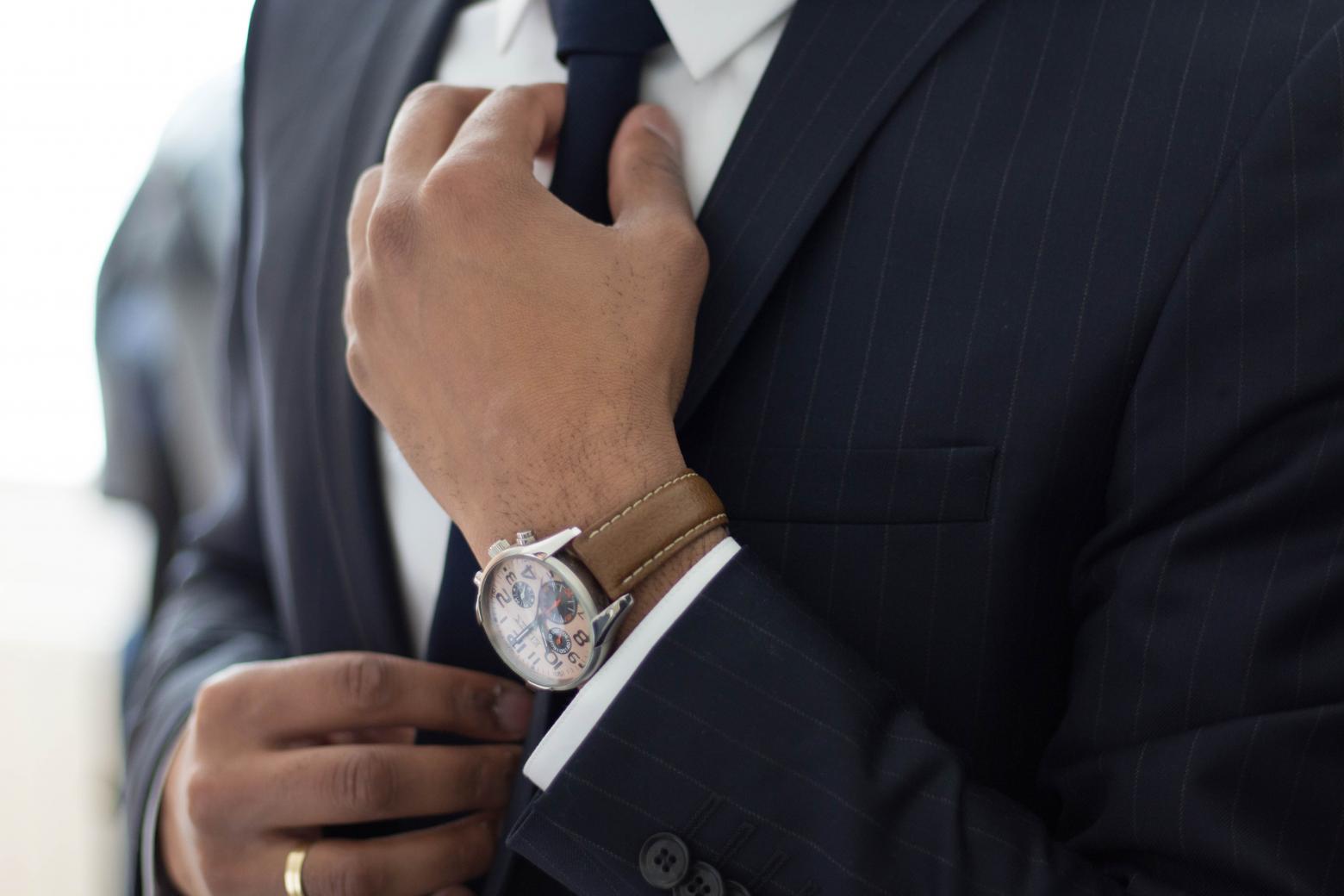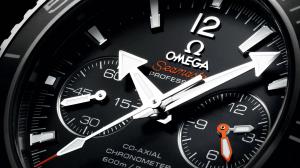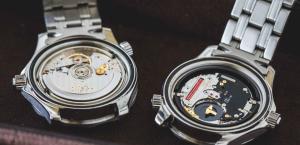An Overview Of A Tachymeter Watch: Do You Need One?

If you have recently gotten your hands on a high-quality timepiece, odds are that there were a few bits and pieces to the item that you were not quite so familiar with, unless, of course, you are a connoisseur of such things.
One such element that’s often included in high-end watches is the tachymeter feature. This interesting feature is the subject of countless questions from watch enthusiasts and those looking to begin a collection.
In this article, we will take a deeper look at what a tachymeter is and the history behind this feature, how they work, the many varied kinds, and finally, whether or not you need one.
So, without further ado, let’s take a look at what exactly is a tachymeter and how did they come to be such a fascinating element of classical watchmaking.

What exactly is it?
For all the mystery surrounding this watch feature, a tachymeter is, in fact, a rather simple element that’s often included in high-end watches. It is simply a speed measuring device included on some watches that measure the speed of movement over one kilometre or, less often, one mile.
More often than not, a tachymeter is located on the outer circumference of the watch face, like a kind of speed measuring secondary dial that looks similar to a car speedometer.
It really is as simple as that, yet, as with many things watch related, the story of this feature is a long and fabled one that’s certainly worth knowing a little more about.
Next, let’s take a look at the history of the tachymeter and how these interesting features became an integral part of watches and watchmaking.
The History of the Tachymeter
Generally featured on a chronograph watch (a watch stopwatch features), a tachymeter is a component in many high-end watches, with brands such as Rolex and Omega, in particular, having an affinity for this slick feature.
The very first tachymeters were included in some of the very first chronograph watches. These timepieces include those produced in Switzerland sometime around the turn of the 20th century. Watches with the tachymeter feature were extremely popular with aviation experts and motorcar racers who will have used the smart speed measuring feature to gain an edge over a century ago!
These days, tachymeters are a common feature on high-end watches, and even if most watch owners don’t know it is there, this feature is, in fact, a key component of many modern chronographs.
Now that we have taken a look at the history of tachymeter watches, let’s see how to use this correctly.
How to Correctly Use a Tachymeter Watch
As we have covered, the most common reason to use a tachymeter is to measure speed. In order to do so effectively, it is vital to understand how this device works.
To use a tachymeter in a fixed bezel watch, simply set the chronograph hand to zero and drive one kilometre before checking the read on the tachymeter. This reading will be the average speed you have been moving in over that last kilometre.
Sounds impressive, right? That’s because it is, although that does not necessarily mean this is a complicated process. As we will see…
How Does It Work?

Tachymeters work off a basic mathematical equation. Essentially, these devices measure speed by dividing the number of seconds in an hour (3,600, in case you were wondering) by the number of seconds it takes the vehicle to cover the kilometre you just travelled.
So, let’s say you have just measured a kilometre of distance in the car. And your watch’s tachymeter reads ninety, this means you have taken forty seconds to travel that distance because: 3600/40=90.
Again, this is really quite a simple equation when we look at it on paper. But the fact that your watch can achieve this all on its own is quite the feat of micro-engineering. Imagine how it must have felt to be a racing driver in 1907 using this feature for the first time!
Now that we have adequately covered the simple workings behind a tachymeter, let’s take a look at its many different types.
Taking a Look at the Different Kinds of Tachymeter
We now know what exactly a tachymeter is, a bit about its history, and the way in which it calculates time. It is only correct, then, to take a look at the different kinds.
As mentioned, the original tachymeter is a simple fixed bezel feature. It only requires the user to reset the chronograph hand to zero before measuring out the desired distance they would like to get a reading for.
However, this is only one type, and to fully understand the ins and outs of this feature, we should know about all the existing styles currently and historically used.
So, without further ado, let’s take a look at its many different types:
Fixed Bezel Circumferential Tachymeter
The classic form of tachymeter, this style is used by Rolex, Tag, and other big names in the watchmaking world. The device is generally mounted on either the fixed outer or fixed inner bezel.
Snail-type Tachymeter
Now we move on to something of a more complicated variant of the tachymeter — the snail-type. Also known as a spiralling tachymeter or a circling scale, this variant is commonly found on vintage chronograph watches. Usually etched at the centre of the dial, they offer a wider variety of speed. For this reason, some prefer this over a conventional one.
It is ideal for measuring slower speeds, (usually slower than 60 cycles per hour). This is due to their ability to use multiple rotations of the second hand which generally stops at three.
Moving Bezel Circumferential Tachymeter
This is truly a fascinating and exceptionally rare feature to discover in a watch of any style. To fix a tachymeter upon a moving bezel is very difficult. So, this kind is seen by many as highly desirable.
Initially created as a practical feature, the moving bezel circumferential style was a response to the fact that conventional versions could only record the average speed of a single kilometre (or mile) before needing to be reset. With a moving bezel, racers were able to calculate the average speed for each mile of a race by simply rotating the bezel. Voila!
Created by TAG Heuer in the 1960s, the rotating bezel tachymeter is a feat of watchmaking that hasn’t been repeated since. Indeed, many Formula 1 and rally drivers express their preference for Tag watches and some even claim that the device helped them to glory.
The Bottom Line: Do You Need a Tachymeter Watch?

Upon their creation, tachymeter watches had a great practical use for racing drivers and pilots. The truth is that these days, the feature has been made obsolete by cutting-edge stopwatches and similar devices.
However, this doesn’t mean that the tachymeter is not a stylish addition to many high-end watches. It’s good to know how to use this feature as it’s a useful skill, especially if you’re a watch collector.
These days, this feature is little more than a stylish addition used to offset other elements of a watch. Particularly common in chronograph watches, this feature is a classic element of this style. Many feel that a ‘chrono’ without a tachymeter is not a true chronograph at all.
Whilst this is certainly up for debate, the answer to whether you need a tachymeter watch is just as unclear. It all boils down to a matter of personal taste.
Final Words
Some watch lovers adore the added detail and old-world feel of a tachymeter. Others see it as an unnecessary and outmoded addition to the watch bezel. They feel that it simply crowds up the overall aesthetic.
One thing is for sure though: the tachymeter is a timeless element in watchmaking, particularly chronograph watches. It doesn’t look to be going away anytime soon. Top brands such as Rolex and Omega continue to create and sell many watches with this feature. Thus, this style is just as popular as ever.
Do you need one? Probably not. After all, there are many other ways to measure speed.
And yet, if all watches were about their practicality, wouldn’t we all be walking around with the same timepiece made up of two hands and a bunch of block numbers? The beauty of a tachymeter watch lies in the detail and the engineering that went into the timepiece. It honours more than a century of tradition and craft.
Oh, and did we mention they look really, really cool?
Now that you know what a tachymeter is, find out if you’re wearing the right watch size?


